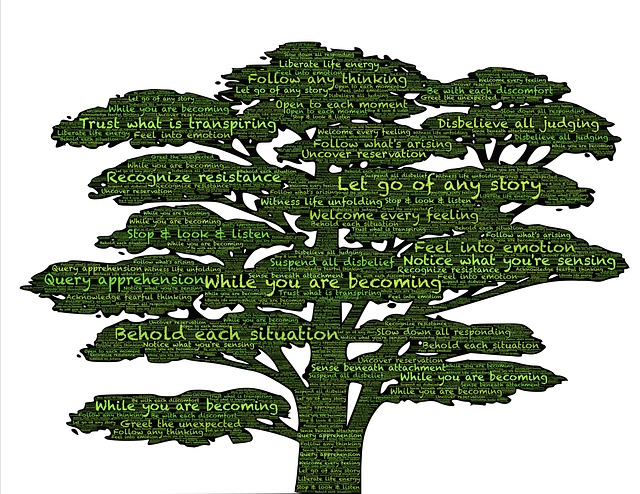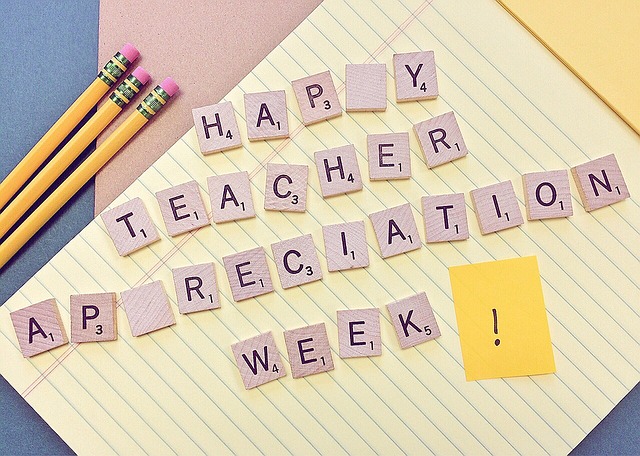Diana Winston, Director of Mindfulness Education at the UCLA Mindfulness Awareness Center (MARC), reminds us in a meditation podcast that “moment by moment: this is your life”. Like Kabat-Zinn, she encourages you to “show up for your life”.
Even when we have looked forward to something for a long time – a special dinner, a sporting occasion, catching up with a friend after a long period of absence – we can find ourselves distracted in the moment and miss out on so much of what is happening outside and inside us.
We could be in the presence of a child, our own or someone else’s, who is clearly in the moment, enjoying whatever activity they are fully engaged in – feeding themselves, playing with insects on the ground, laughing with a friend or riding a bike with abandon. We can savor the moment and not try to hurry them on (or ourselves) to do something else. As we become older, we begin to lose this skill of being-in-the-moment, of really showing up for our life.
We tend to focus on other things instead of just enjoying what is – we are always planning the next moment or two – not appreciating what is. As we learn to regain the skill of being present and paying attention to the moment, we develop the capacity to do this anywhere, anytime – but it requires regular, meditation practice. However, if we can develop this ability, our life can be so much richer because we can appreciate and savor more of what happens in our life.
A meditation for showing up in your life
This simple meditation to help you show up for your life involves a number of basic steps:
- Begin with physically grounding yourself in the present while sitting by having your feet on the ground or floor and your eyes closed or looking down (to maintain attention) and your hands in a comfortable position. Now focus on your breath, wherever you feel it occurring – through your nose or mouth or in your chest. Alternatively, take a couple of deep breaths, to relax yourself and sense your breathing.
- Focus on your body which is always present in the moment, despite the endless wandering of your mind. Bring your attention to any points of tension in your body and feel the sensation of what is going on for you. Begin to release the tension as your attention moves through your body, locating and releasing tight spots. Be conscious of what this feels like and what emotions you are experiencing.
- Now recall a time when your were really in the moment – playing a sport, being with a friend, absorbing the beauty of nature. How did you feel? What thoughts of appreciation were you expressing? What was happening in your body? Try to be with that moment and capture the richness of what you were experiencing in your mind and body. You can express appreciation for the experience – that you were alive to what was happening, that you actually had the physical and mental capacity to fully experience it.
- Finally, bring your attention to the sounds that surround you – open your ears to the different sounds.. We often hear only what we want to hear because we are so focused on what is in our minds and we miss out on much of our life. As you become immersed in sounds notice what is happening in your body. Slowly open your eyes and bring your attention back to where you are now and what you are doing.
As we grow in mindfulness through meditation we develop the capacity to be more and more in-the-moment and to savor life’s riches.
By Ron Passfield – Copyright (Creative Commons license, Attribution–Non Commercial–No Derivatives)
Image source: courtesy of geralt on Pixabay
Disclosure: If you purchase a product through this site, I may earn a commission which will help to pay for the site, the associated Meetup group and the resources to support the blog.









